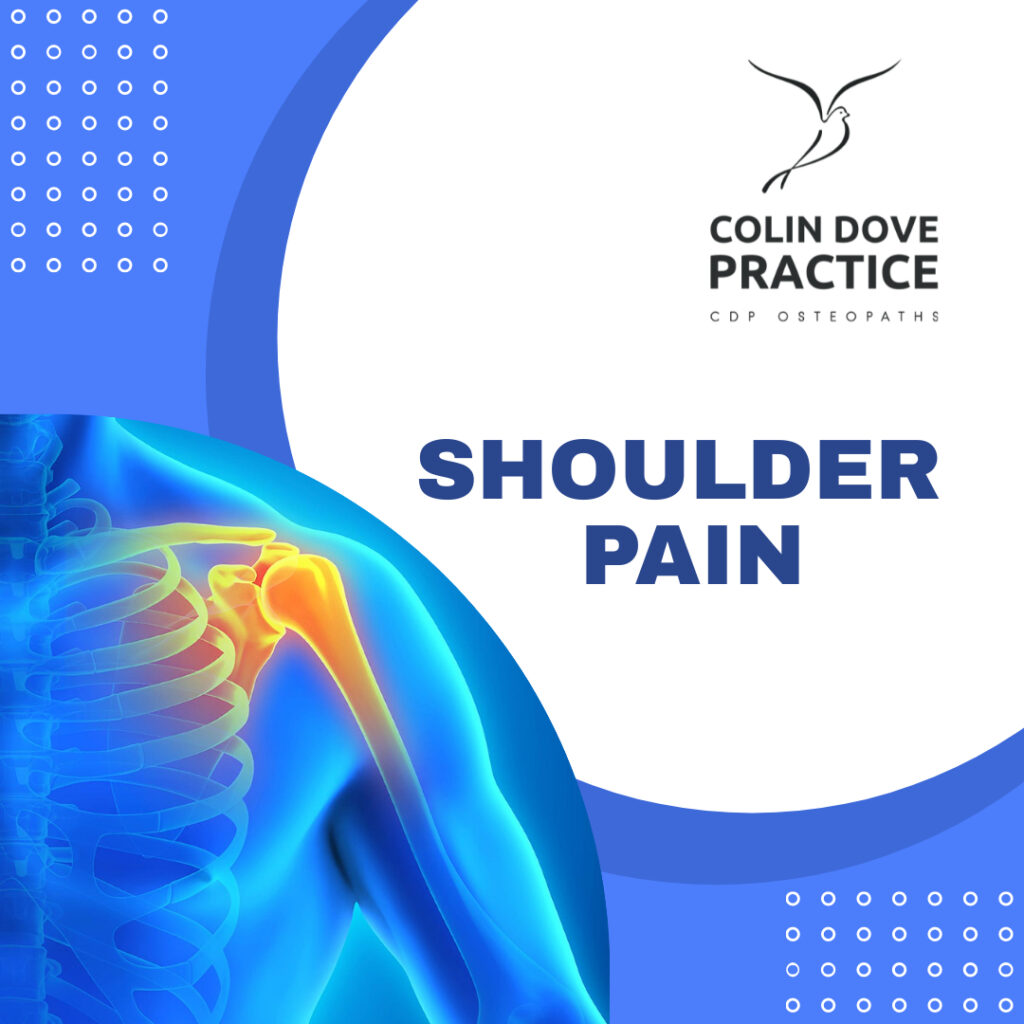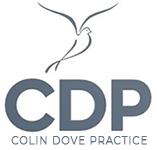Shoulder Pain

Do you get a sharp, debilitating pain in your shoulder when you are performing tasks like brushing your hair, putting on certain clothes or showering? During these movements, where you raise your arm out to the side and then upwards over your head, do you alternate between no pain and pain? For example, during the first part of the moment you don’t feel any pain, and then suddenly your shoulder “catches” and there is sharp pain, followed by no pain again as you continue to move your arm upwards. Shoulder complaints are the third most common musculoskeletal problem after back and neck disorders. The highest incidence is in women and people aged 45–64 years. Of all shoulder disorders, shoulder impingement syndrome (SIS) accounts for 36%, making it
the most common shoulder injury.
WHAT ARE THE SYMPTOMS OF SHOULDER IMPINGEMENT?
Commonly rotator cuff impingement has the following symptoms:
- An arc of shoulder pain approximately when your arm is at shoulder height and/ or when your arm is overhead
- Shoulder pain that can extend from the top of the shoulder down the arm to the elbow
- Pain when lying on the sore shoulder, night pain and disturbed sleep
- Shoulder pain at rest as your condition worsens
- Muscle weakness or pain when attempting to reach or lift
- Pain when putting your hand behind your back or head
- Pain reaching for the seat-belt, or out of the car window for a parking ticket
WHAT DOES THE TREATMENT INVOLVE?
The early stages of treatment will involve manual therapy, including massage to relieve pain and release tight structures as well as
mobilisation techniques to restore normal shoulder movement.
As you move through the stages of rehab your therapist will prescribe rehabilitation exercises specific to your shoulder, posture, sport and/or work demands. Mobility and strengthening exercises
These stages may include:
- Early Injury: Protection, Pain Relief & Anti-inflammatory Treatment
- Regain Full Shoulder Range of Motion
- Restore Scapular Control and Scapulohumeral Rhythm
- Restore Normal Neck-Scapulo-ThoracicShoulder Function,
- Restore Rotator Cuff Strength
- Restore High Speed, Power, Proprioception and Agility Exercises
- Return to Sport or Work
Corticosteroid injections can be useful in the initial pain relieving stage if conservative (non-surgical) methods fail to reduce the pain and inflammation and we can refer you to your Doctor if this course is appropriate. It is important to note that once your pain settles, it is important to assess your strength, flexibility, neck and
thoracic spine involvement to ensure that your shoulder impingement does not return once your injection has worn off.
Some shoulder impingements will respond positively and quickly to treatment; however many others can be incredibly
stubborn and frustrating, taking between 3-6 months to resolve.
For more information, please contact one of the osteopaths.

